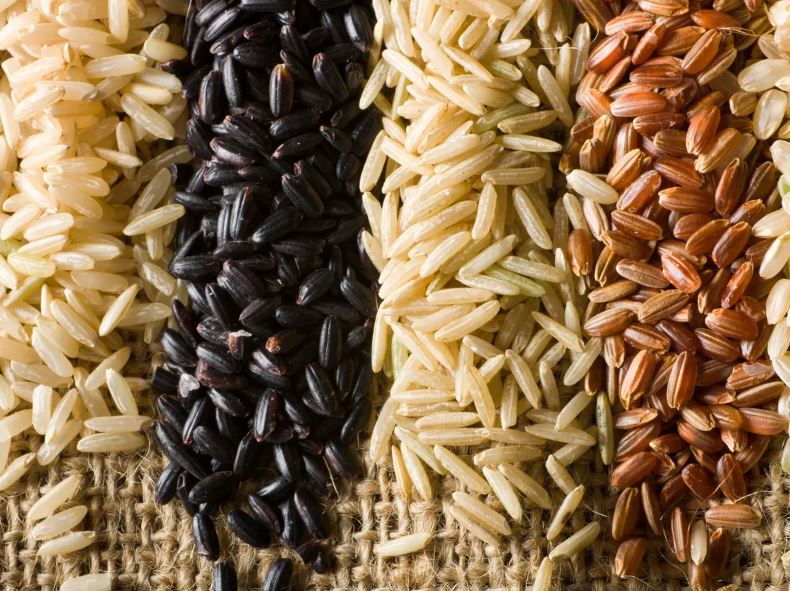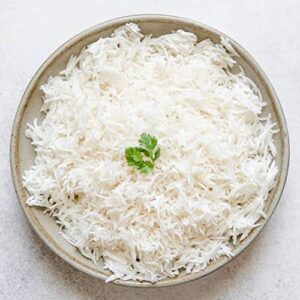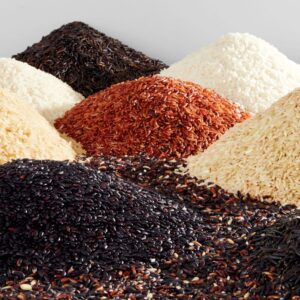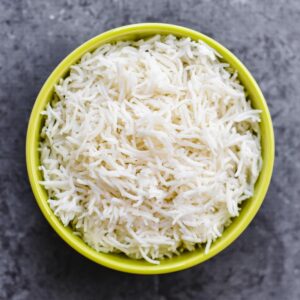In the world market, the most popular and commonly consumed type of basmati rice is the Traditional Basmati Rice. It is considered the most authentic and classic variety of basmati rice and is widely known for its long grains, distinct aroma, and delicate flavor.
However, over the years, other varieties such as Pusa Basmati, 1121 Basmati, and Sugandha Basmati have gained significant popularity due to their unique characteristics and properties. In recent years, 1121 Basmati Rice has become increasingly popular, especially in the Middle Eastern and European markets, because of its long grains and soft texture, making it an ideal ingredient for preparing biryanis and pilafs.
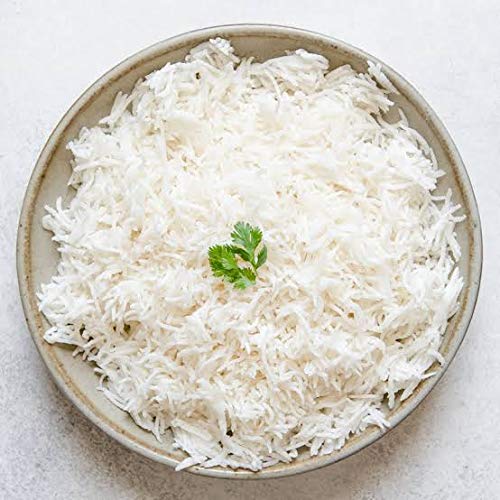
The preference for a particular type of basmati rice varies according to regional tastes and culinary practices. For example, in India, Traditional Basmati and Pusa Basmati are the most commonly used varieties, while in the Middle East, 1121 Basmati is more popular.
Furthermore, the demand for different types of basmati rice depends on various factors such as price, availability, and quality. Some varieties may be more expensive than others due to their unique flavor, longer aging periods, or geographical origin. For instance, Sharbati Basmati Rice and Kasturi Basmati Rice are relatively rare and premium quality varieties, thus fetching higher prices in the market.
In conclusion, while Traditional Basmati Rice is the most widely consumed variety of basmati rice globally, the preference for a particular type of basmati rice depends on regional tastes and culinary practices. Other varieties such as Pusa Basmati, 1121 Basmati, and Sugandha Basmati are also gaining popularity in the international market due to their unique properties and flavor profiles.

